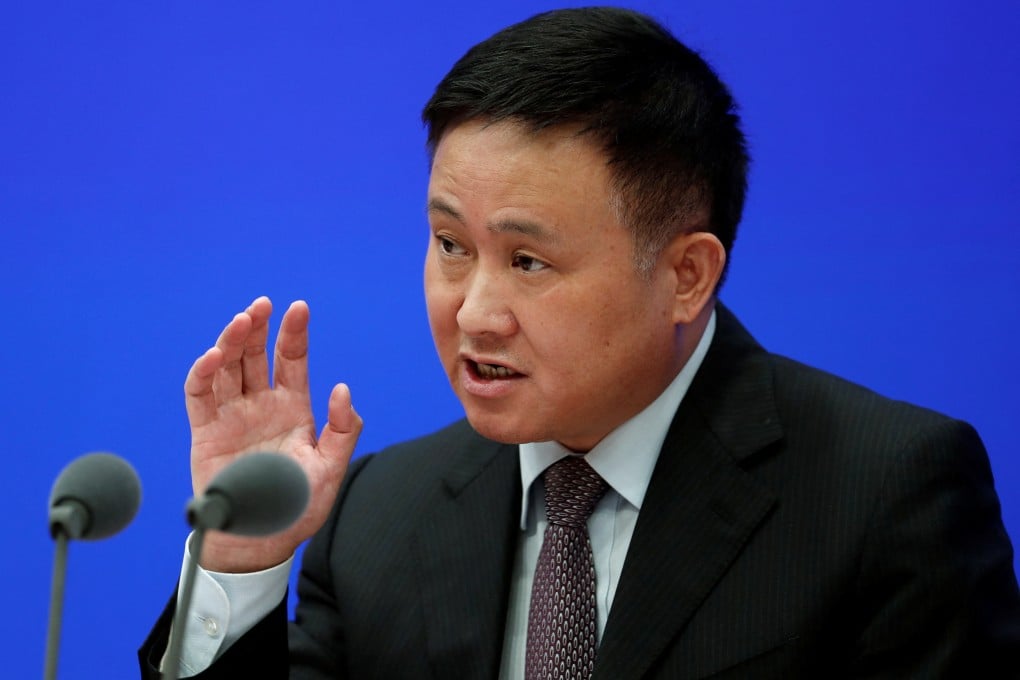Advertisement
China’s debt crises, from developers to local governments, prompt cabinet call to curb contagion
- People’s Bank of China governor Pan Gongsheng says risk monitoring will be stepped up, after debt problems manifested at major developers Evergrande and Country Garden
- Policymakers are also urged to tailor policies to the different market realities in various Chinese cities
Reading Time:3 minutes
Why you can trust SCMP
5

Frank Chenin Shanghai
The cabinet’s finance work report to China’s top legislature over the weekend could signal that policymakers are racing to defuse widely watched risk points such as mounting debt in the world’s second-largest economy, analysts say as the woes of ailing developers and a local-level debt debacle continue to erode investor confidence.
Chinese authorities will prioritise the tackling of key risks to defend their bottom line of no systemic risks, and this will include restructuring small financial institutions while conducting better risk-monitoring of large banks and local financing vehicles, according to the State Council’s report, presented by People’s Bank of China (PBOC) governor Pan Gongsheng.
Regulators will also improve monitoring, assessments and early warnings of debt risks involving large enterprises, especially developers akin to Evergrande and Country Garden.
Advertisement
And outward-facing, Pan said, regulators aim to normalise audit cooperation with the United States, in line with a bid to manage external financial risks, and have vowed to set up an early-warning and risk-prevention system for outbound investment.
Such State Council finance work reports, submitted to the Standing Committee of the National People’s Congress (NPC), are relatively new. This is just the second one since last October. It is also Pan’s first “report card” to the NPC since assuming office at the PBOC in July.
Advertisement
Advertisement
Select Voice
Choose your listening speed
Get through articles 2x faster
1.25x
250 WPM
Slow
Average
Fast
1.25x